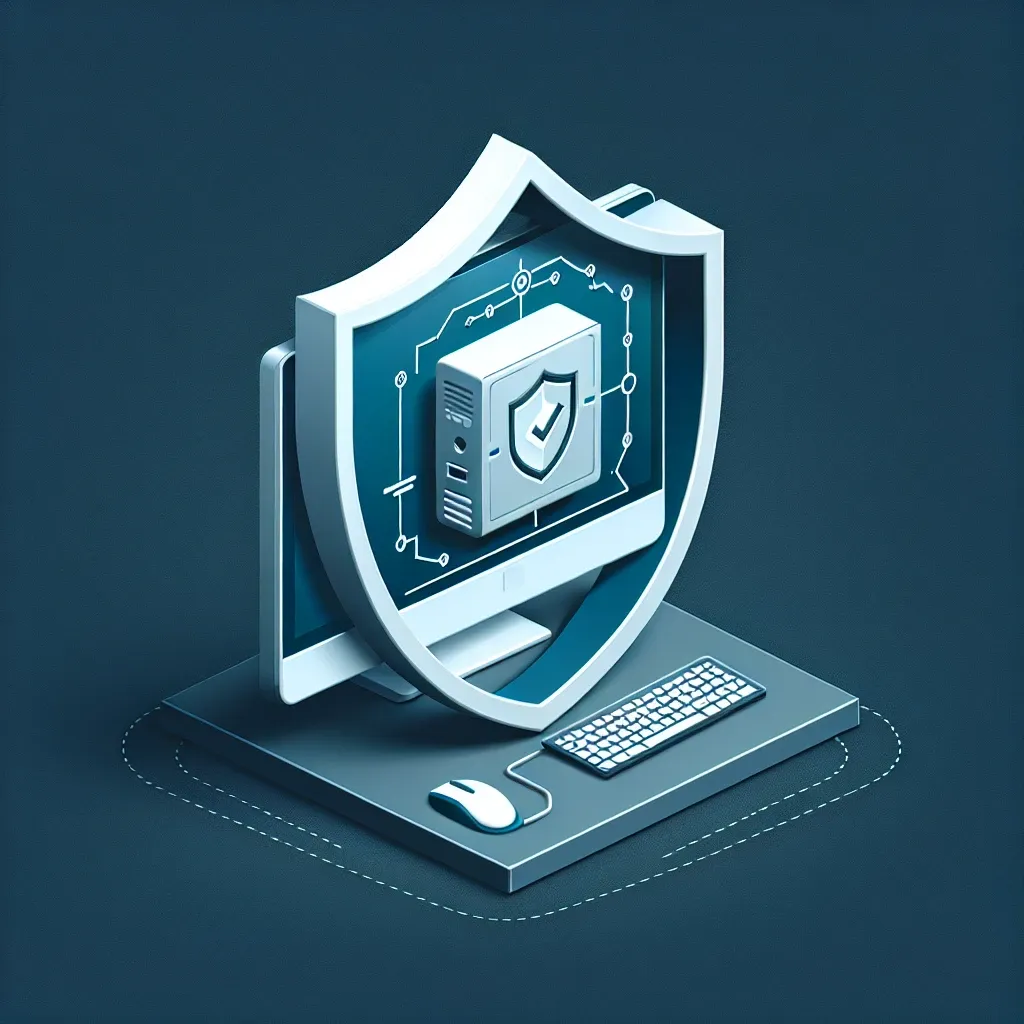How Can I Update Drivers and BIOS Safely?
Updating drivers and BIOS is a crucial aspect of maintaining your computer’s performance and stability. However, if not done correctly, it can lead to system malfunctions or even hardware damage. This article provides a comprehensive guide on safely updating your drivers and BIOS, ensuring that your system runs smoothly.
Understanding Drivers and BIOS
Drivers are essential software components that allow the operating system to communicate with hardware devices. Each piece of hardware, whether it’s your graphics card, printer, or motherboard, requires specific drivers to function properly. Updating these drivers can solve various issues, enhance performance, and provide compatibility with new software.
BIOS (Basic Input/Output System) is firmware embedded on your computer’s motherboard. It initializes hardware during the booting process and provides runtime services for operating systems and programs. An updated BIOS can improve system stability, enhance compatibility with newer hardware, and sometimes add new features.
Why Update Drivers and BIOS?
- Improved Performance: Updated drivers can enhance the efficiency of your hardware.
- Enhanced Stability: Fixing bugs and glitches through driver updates can prevent crashes.
- Security Enhancements: Updates often patch vulnerabilities that could be exploited by malware.
- Compatibility: New software may require updated drivers for optimal performance.
Risks of Updating Drivers and BIOS
While updating drivers and BIOS can provide essential benefits, there are risks involved:
- Incorrect Updates: Installing the wrong driver or BIOS version can lead to hardware malfunctions.
- Power Interruptions: A power outage during the BIOS update can corrupt the firmware.
- Compatibility Issues: New drivers may not work well with older hardware or software.
Preparing for Updates
Before proceeding with updates, it’s important to prepare your system:
- Create a Backup: Always back up your important data before making any changes to your system.
- Check Your Current Versions: Knowing your existing driver and BIOS versions can help you determine if an update is necessary.
- Read Release Notes: Review the release notes for updates to understand what changes are being made.
How to Update Drivers Safely
Step 1: Identify Outdated Drivers
To find outdated drivers, you can use Windows Device Manager:
- Right-click on the Start menu and select Device Manager.
- Expand the categories to find the hardware you want to update.
- Right-click on the device and select Properties.
- Go to the Driver tab to see the driver version.
Step 2: Download the Latest Drivers
Only download drivers from the official manufacturer’s website or trusted sources. Here’s how:
- Visit the manufacturer’s website.
- Navigate to the support or download section.
- Enter your device details and download the latest driver version.
Step 3: Uninstall Old Drivers (if necessary)
Sometimes uninstalling the old driver is necessary:
- In Device Manager, right-click on the device and choose Uninstall device.
- Follow the prompts and restart your computer.
Step 4: Install the New Driver
Once downloaded, follow these steps:
- Double-click the downloaded driver file.
- Follow the installation wizard prompts.
- Restart your computer after installation.
How to Update BIOS Safely
Step 1: Check Current BIOS Version
To check your BIOS version:
- Press Windows + R to open the Run dialog.
- Type msinfo32 and press Enter.
- Look for BIOS Version/Date on the System Information window.
Step 2: Download the BIOS Update
Visit the motherboard manufacturer’s website to download the BIOS update:
- Locate your motherboard model in the support section.
- Download the latest BIOS update file.
Step 3: Prepare a USB Drive
Create a bootable USB drive for the BIOS update:
- Format a USB drive to FAT32.
- Copy the BIOS update file to the USB drive.
Step 4: Enter BIOS Setup
Restart your computer and enter the BIOS setup:
- Press the designated key (often Delete, F2, or Esc) during startup.
- Navigate to the BIOS update section.
Step 5: Backup Current BIOS
Before updating, back up your current BIOS:
- Look for an option to save or back up the existing BIOS.
Step 6: Perform the Update
Update the BIOS using the downloaded file:
- Select the option to update BIOS from the USB drive.
- Follow the on-screen instructions.
- Do not turn off the computer during the update process.
Post-Update Steps
After completing the updates, take the following steps:
- Verify Installation: Check the driver and BIOS versions to confirm successful updates.
- Test Hardware: Run applications or games that utilize updated drivers to ensure everything functions correctly.
- Monitor System Stability: Keep an eye on system performance and stability for a few days after updates.
Conclusion
Updating drivers and BIOS can significantly enhance your computer’s functionality and security. By following the steps outlined in this guide, you can safely update your system while minimizing risks. Remember to always create backups and only download updates from trusted sources. Regular updates will not only improve performance but also extend the life of your hardware.

